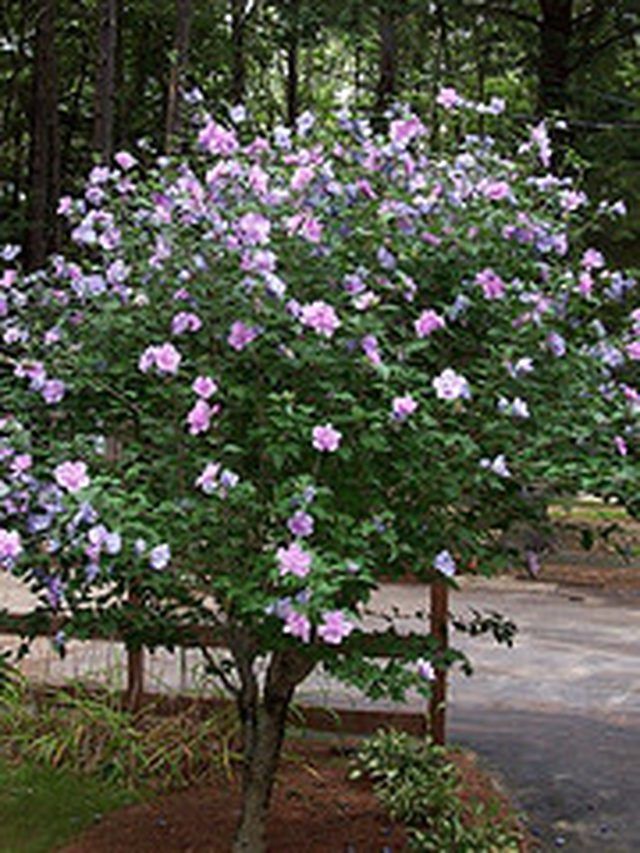Bulbs
Flower Basics
Flower Beds & Specialty Gardens
Flower Garden
Garden Furniture
Garden Gnomes
Garden Seeds
Garden Sheds
Garden Statues
Garden Tools & Supplies
Gardening Basics
Green & Organic
Groundcovers & Vines
Growing Annuals
Growing Basil
Growing Beans
Growing Berries
Growing Blueberries
Growing Cactus
Growing Corn
Growing Cotton
Growing Edibles
Growing Flowers
Growing Garlic
Growing Grapes
Growing Grass
Growing Herbs
Growing Jasmine
Growing Mint
Growing Mushrooms
Orchids
Growing Peanuts
Growing Perennials
Growing Plants
Growing Rosemary
Growing Roses
Growing Strawberries
Growing Sunflowers
Growing Thyme
Growing Tomatoes
Growing Tulips
Growing Vegetables
Herb Basics
Herb Garden
Indoor Growing
Landscaping Basics
Landscaping Patios
Landscaping Plants
Landscaping Shrubs
Landscaping Trees
Landscaping Walks & Pathways
Lawn Basics
Lawn Maintenance
Lawn Mowers
Lawn Ornaments
Lawn Planting
Lawn Tools
Outdoor Growing
Overall Landscape Planning
Pests, Weeds & Problems
Plant Basics
Rock Garden
Rose Garden
Shrubs
Soil
Specialty Gardens
Trees
Vegetable Garden
Yard Maintenance
How to Transplant a Bush
How to Transplant a Bush. If a bush has overgrown the area where it is planted, or is blocking a view, it may be time to transplant it to another location. Transplanting a bush does take some time and energy depending on how large the bush is. The younger and smaller the bush is, the easier the job will be. Read these instructions and learn how to...

If a bush has overgrown the area where it is planted, or is blocking a view, it may be time to transplant it to another location. Transplanting a bush does take some time and energy depending on how large the bush is. The younger and smaller the bush is, the easier the job will be. Read these instructions and learn how to transplant a bush and give your landscape a whole new design.
Things You'll Need
Spray paint
Tape measure
Post hole digger or spade
Shovel
Bush
Dirt tamper
Determine where the bush is going to be transplanted. Using a tape measure, measure around the widest part of the bush, which is called the drip line. This is how wide the new hole should be. Using brightly colored spray paint, outline the area by spraying the circle using the drip line measurement of the bush.
Using a post hole digger or spade, begin to dig the hole. Once the hole has been started, it may be easier to use a regular shovel. Follow the outline that was painted. Dig the hole at least 18" deep to provide adequate room for the roots of the bush.Dig this new hole prior to digging up the bush in order to reduce the amount of time that the roots of the bush are exposed.
Carefully dig up the bush that is going to be transplanted. To begin digging, go straight down from the widest area of bush. This will prevent cutting or damaging the roots with the shovel. As you are digging, begin to loosen the bush from the dirt. When the dirt surrounding the bush has been removed, carefully start to dig under the root. Do this until the bush releases from the dirt. Roll the bush on to a tarp or piece of burlap in order to move it to its new location. It can be put into a wheel barrel for transporting.
Place the bush into the newly dug hole, making sure that it is in the center. Using the shovel, replace some of the dirt into the hole all around the root of the bush. Use a dirt tamper to make the dirt firm. Make sure that the root is completely covered with dirt and that the hole is filled in.
Water the bush thoroughly in order to remove air pockets. In order to minimize transplant shock, it may be necessary to manually water the bush every day if there is an insufficient amount of rain.
Go back to the hole where the bush was removed from and fill it with the dirt that was removed. You may have to add additional dirt to completely fill this hole. Pack the dirt down with the tamper.
Tips & Warnings
Add some fresh soil that is full of nutrients to the new hole that was dug. This will give the bush a good start.
Trim away dead leaves and branches after the bush has been transplanted.
If you will be digging in an area that has utility lines, contact the proper utility company so that they can come and mark the area where the lines run. This is an important safety issue.